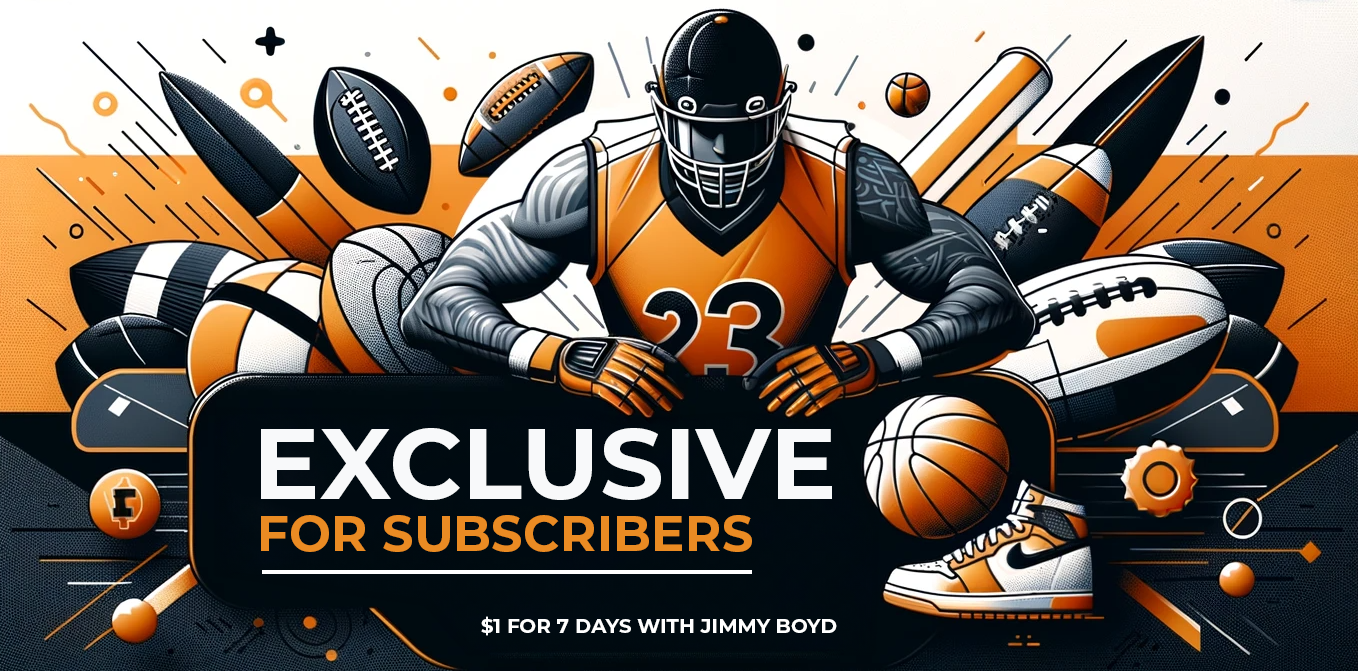What does reverse line movement mean, and is it a profitable strategy to wager on games? This is a popular question that we get from inexperienced bettors. This article will try to break down the basics of what it is, and if it’s a tool that can help you add profits to your bankroll.
Reverse line movement (RLM) is something that is brought up a lot around the gambling industry. For those of you who are confused on what a RLM is, here’s an in-depth explanation.
Understanding Betting Line Movements in General
In order to spot a reverse line movement, you have to have an understanding of how a line should move based on action. It’s well known that Vegas and the online sportsbooks want to have as close to even money being wagered on both sides of any action as possible.
They do their best to set an opening line that they feel will attract bettors to both sides. If they are getting uneven action on a game, they will move the line to try an get more bets (money) on the other side.
Let’s say a team opens as a 6-point favorite. If 60% of the bets are coming in on that team to cover, the books are vulnerable. The juice wouldn’t cover the loss if the favorite covered. That’s why they are quick to move the line. In this case, you would expect the line to go up to -6.5 or -7.
Why do they do this? Because they have a built-in profit margin called the vig. If both sides of a spread or total is -110, that 10 cents of juice charged to the loser is how the book makes money. If they have even action on both sides of a game, there is no liability. That is to say that the books are taking no risks and have no chance of losing.
If the books are unbalanced, then there is a risk of taking a loss. Since Vegas casinos are now run by corporations, and corporations generally frown on losing money, the days of sportsbook managers taking a stance on games are long gone.
Now, the number of bets and money coming in is important, but the books will also pay attention to who is making those wagers. There are professional gamblers that can beat the line day in and day out. If one of these guys comes in and places a max bet, you can be guaranteed to see the line move. If a whale comes in and does the same, the book might be confident enough in its line to leave it be.
The best sportsbooks in the world aren’t afraid of sharp action. Instead, they use it to sharpen up their lines. Weaker books limit or ban winning players, they only want recreational fish who donate time after time and don’t try to actually win.
Where to go to Find Reverse Line Moves
You might be asking yourself, how do you know which side is receiving the majority of the bets? There are several sites out there that will show you the percentage of bets being wagered on each side. One of my favorites place to check for this is the odds page at SportsCapping.
The key thing you have to realize is the percentage is the number of bets not the amount of money. The books do not disclose how much money is being wagered on one side or another. You also have to use some common sense. The public likes to bet on things to happen. They like taking overs because rooting for points to not be scored isn’t as fun. They like taking favorites because it’s tough for them to back a team they don’t feel are as good as their opponents. You need to have this in the back of your mind as you try to determine what line moves are going in the opposite direction of the public’s action.
Spotting Reverse Line Movement
It’s really easy once you get it figured out. Just because a team is receiving 60% of the action, doesn’t mean they are getting the majority of the money.
Let’s say there are 100 wagers that have been placed on a game. There’s 60 on one side (60%) and 40 on the other. If the average bet of the 60 is only $50, the total money bet would be $3,000. If the average bet of the 40 is $200, the total bet would be $8,000.
Even though one side is receiving 60% of the action, it’s possible the books are getting way more money on the other side. The spread on the team that is getting 60% is going to get better. If they were -4, the books are going to drop that down to -3.5 or even -3 to try and get more money flowing in on the favorite.
All you have to do is study the lines and betting percentages. If a team is getting 60% or more of the action and the line moves the other direction, this is what is known as a reverse line move.
You also have to remember that the majority of money staked on a game is going to come from the public. The sharps do not have opinions on every game. Determining whether a move is based on sharp action, public action, or new information is very difficult even for the veteran bettor. It takes a little bit of feel to do so correctly.
One thing to look at is the size of the market. A line move in the NFL typically means that new information has been brought to light (such as a significant injury) or a really massive amount of money has been thrown around. To move the line in a small conference college basketball game might mean just a few thousand dollars were thrown down by a gambler that the book respects.
Are Reverse Line Movements Profitable?
I’m guessing a lot of you right now are asking yourself if it’s profitable to follow. The answer is yes, but you have to trust it long-term.
The important thing to note is those reverse line movements are almost a result of sharp bettors. The public loves action and likes to bet on a lot of games. Their average bet size isn’t typically that much. Sharps, on the other hand, bet massive amounts on a select few games.
Almost every time you play an RLM, you are betting alongside the sharps. These are people who do this for a living and spend countless hours breaking down games.
I do want to point out that you do have to some research of your own. Not all line movement is a result of money being bet. You have to make sure that oddsmakers aren’t moving the line because of an injury or suspension. Sometimes they also notice the sharps do not have an opinion on the game but the public is heavily favoring one side or another. The books will want to adjust the odds, in this case, to try and encourage the sharps to come in and balance their action.

